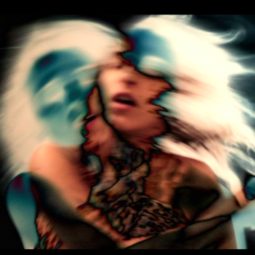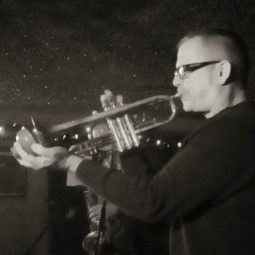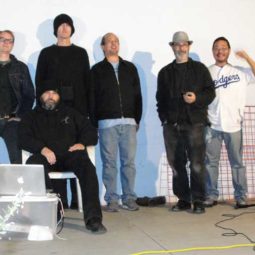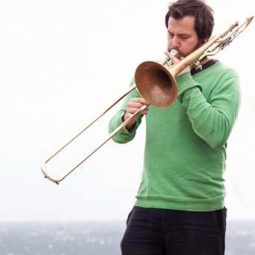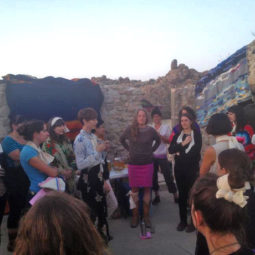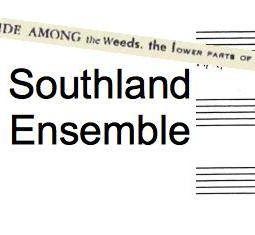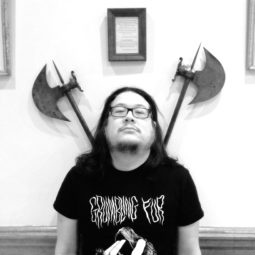
1. What led you to the work you’re making now?
Just a love for synthesizers, drum machines, and non-traditional forms of electronic music.
2. What was your very first gig?
My first solo gig was at the original The Smell location in North Hollywood, late Nineties i believe. I recreated my bedroom and played in my pajamas. Instrumentation was chord organ, Yamaha SU-10 sampler, vocals.
3. What are you listening to these days?
Let’s Eat Grandma, The new Bixio/Frizzi/Tempera Magnetic Systems compilation Lp, Oiler,…
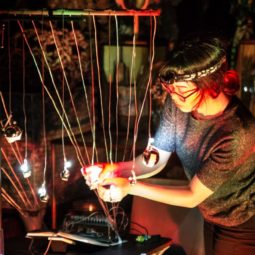 1. What led you to the kind of work you make now? Musically, I grew up a violinist, but I was always interested in technology and programming. I studied experimental sound practices at CalArts, and that gave me the time and space to experiment with combining my musical and technical interests. It’s taken shape in two branches: making installations and instruments (i.e. the bell controller) and improvising with a combination of violin, laptop, and synthesizer. The instrument-making arose…
1. What led you to the kind of work you make now? Musically, I grew up a violinist, but I was always interested in technology and programming. I studied experimental sound practices at CalArts, and that gave me the time and space to experiment with combining my musical and technical interests. It’s taken shape in two branches: making installations and instruments (i.e. the bell controller) and improvising with a combination of violin, laptop, and synthesizer. The instrument-making arose… 

